Introduction
The aviation industry is undergoing a significant transformation as it seeks to reduce its carbon footprint and embrace more sustainable practices. One area of focus is the development and utilization of renewable aviation fuels. Traditionally, kerosene-based fuels like Jet A and Jet A-1 have powered aircraft, but now there is growing interest in sustainable aviation fuels (SAF) derived from sources like waste fats and tallow.
While SAF currently accounts for a small fraction of flights, it holds immense potential to revolutionize air travel and contribute to the industry's ambition of achieving 'jet zero' emissions. However, challenges such as cost and availability must be overcome for broader adoption. In this article, we will explore the different types of aviation fuel, their characteristics, and the advancements being made towards a greener and more sustainable future for the aviation industry.
Types of Conventional Aviation Fuel
Aviation fuel plays an integral role in powering aircraft, and understanding the various types available is crucial for the industry. Traditional aviation fuels have long been the backbone of aircraft operation, with Jet A and Jet A-1 being the most prevalent. These kerosene-based fuels are designed to meet stringent safety standards and are capable of withstanding extreme temperatures.
Innovations in the industry are now paving the way for sustainable aviation fuels (SAF), which offer a cleaner alternative and are derived from sources such as tallow and waste fats. Although SAF currently powers only a small fraction of flights, it represents a significant step towards reducing the aviation industry's carbon footprint. The use of SAF was exemplified by Virgin Atlantic's milestone Boeing 787 flight, which operated trans-Atlantic using a blend of conventional fuel and SAF made predominantly from waste fats.
This flight, supported by corporate, government, and engineering collaboration, highlighted the potential for SAF to revolutionize air travel and contribute to 'jet zero' ambitions. Nonetheless, challenges such as cost and availability must be overcome to enable broader adoption of SAF, ensuring that the skies of tomorrow are greener and more sustainable.
Jet Fuel
Jet engines, the powerhouses of the skies, rely on specialized fuels to propel aircraft to their destinations. The most prevalent variant is known as Jet A, a kerosene-based blend finely tuned for consistent performance in diverse climatic conditions. Its sibling, Jet A-1, boasts a lower freeze point, making it suitable for long-haul international flights, particularly those cruising at high altitudes.
In colder environments, Jet B, a naphtha-kerosene mix, is favored due to its superior cold-weather properties, though it's less commonly used because of its higher volatility.
Reflecting on the industry's commitment to sustainability, recent developments have seen a surge in interest and investment in Sustainable Aviation Fuel (SAF). This renewable fuel is essential in the transition towards a more eco-friendly aviation sector. Innovations like LanzaJet's Freedom Pines Fuels plant in Georgia, pioneering the ethanol-to-SAF production process, are revolutionizing the industry, showing a clear path forward to reducing aviation's carbon footprint.
As the aviation industry embraces these changes, compatibility with existing jet engines remains a critical consideration. Experts, such as Robert McCormick from the National Renewable Energy Laboratory, emphasize the importance of ensuring that new fuel types, like SAF, maintain the safety and reliability standards set by their predecessors. The transition to these new fuel types represents a significant shift from the jet fuel properties that have remained largely unchanged since the 1950s.
With the safety of air travel paramount, these advancements in fuel technology contribute to the industry's ongoing efforts to maintain its status as one of the safest modes of transport. As airports continuously seek to enhance flight tracking capabilities, the integration of these new fuel types will also be closely monitored to ensure optimized performance and safety in all weather conditions.
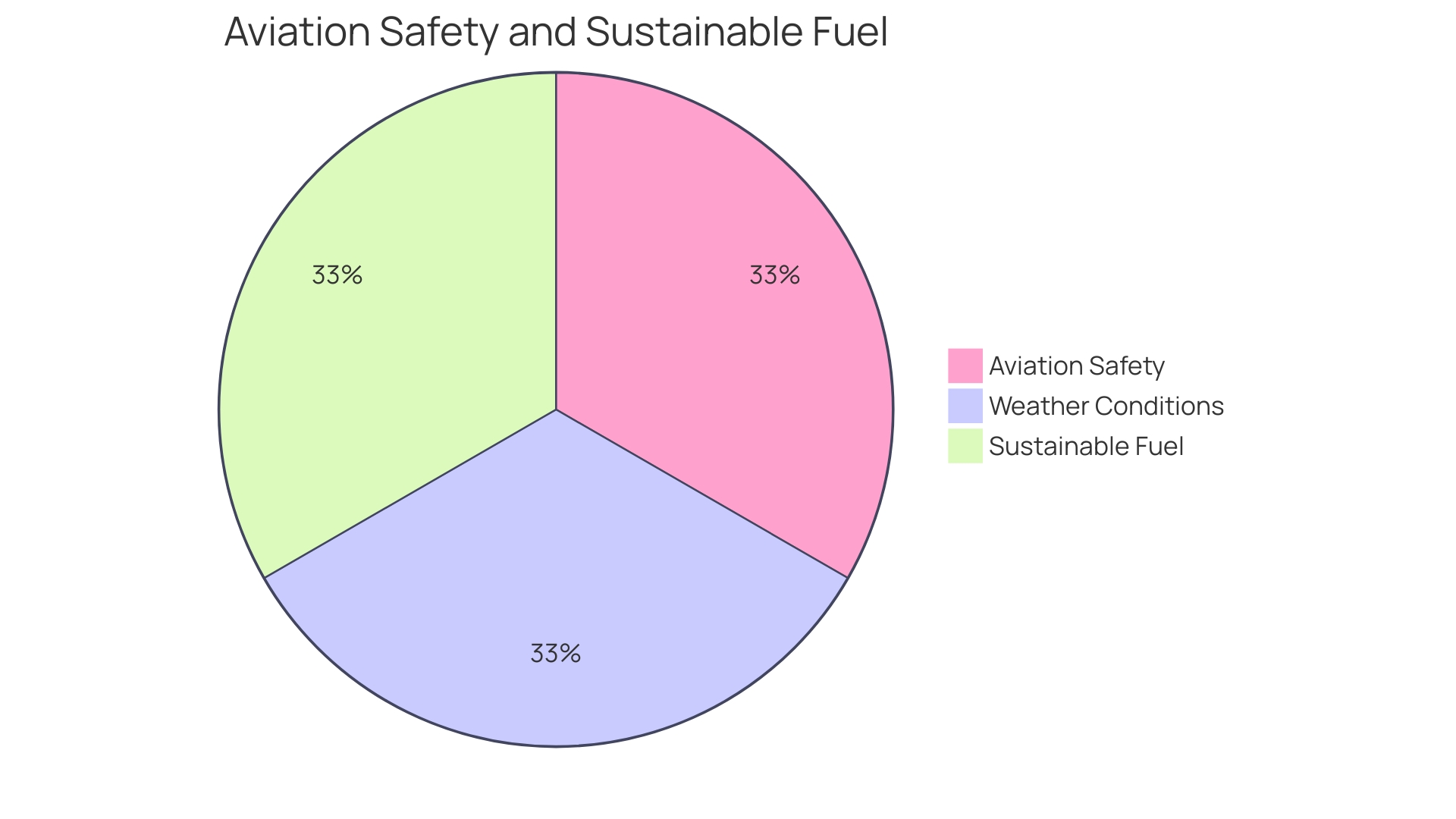
Jet A and Jet A-1: Key Differences
Jet A and Jet A-1 fuels are the lifeblood of commercial aviation, powering the journeys of countless aircraft across the globe. Although they are closely related, these fuels have distinct characteristics that tailor them to specific operational environments. Jet A-1 is the preferred choice in the international aviation community, especially appreciated for its lower freezing point, which ensures reliable performance in the frigid temperatures encountered at high altitudes and in colder regions.
Conversely, Jet A has found its stronghold in the United States, meeting the demands of a vast domestic network. These fuels are more than just energy sources; they are a testament to the aviation industry's commitment to safety and efficiency, echoing the values held by organizations like the Aircraft Owners and Pilots Association. Amidst the backdrop of aviation's history, from the era of the Rudy Patrick Seed Company's adjacency to the bustling Kansas City Downtown Airport to the sunny skies of Pompano Airport, these fuels have remained constant companions in the quest for aeronautical excellence.
As the industry progresses towards a more sustainable future, with initiatives like Jetex's environment strategy and the International Civil Aviation Organization's 2050 net-zero emissions goal, Jet A and Jet A-1 continue to be pivotal in today's aviation landscape while paving the way for the next generation of sustainable aviation fuels (SAFs).
Jet B: Characteristics and Uses
Jet B fuel is a niche aviation fuel, tailored for the rigorous demands of cold weather operations. Unlike the more common Jet A and Jet A-1, Jet B's lower freezing point makes it suitable for use in extremely cold environments, a characteristic that is critical for reliable aircraft performance in such conditions. This fuel is a blend that includes a significant portion of naphtha, which enhances its cold-weather capabilities.
The importance of Jet B becomes evident when considering the safety culture and infrastructure of commercial aviation, where adverse weather conditions can lead to operational disruptions. As the industry focuses on sustainability and the integration of Sustainable Aviation Fuel (SAF) into the fuel mix, Jet B's place in the spectrum is assured by its specialized application. SAF initiatives are gaining momentum, driven by both public and private sectors, to ensure aviation fuel evolves while maintaining compatibility with current fleet engine designs, a testament to the industry's adaptability and commitment to innovation.
With advancements in fuel technology, the aviation industry acknowledges the need to embrace new concepts, such as SAF, while also relying on proven solutions like Jet B to address specific operational challenges.
Aviation Gasoline (Avgas)
Avgas, the aviation gasoline primarily used by piston-engine aircraft, is more than just fuel; it's a critical component for the safety and performance of small propeller-driven planes. With a higher octane rating than automotive gasoline, Avgas ensures the robustness required by aircraft engines. However, the presence of lead in Avgas, notably in the 100LL (Low Lead) grade, raises significant environmental and health concerns as emissions can contaminate surrounding areas near airports, posing a risk to children.
Innovation in the field is forging ahead, as evidenced by Airbus's commitment to making all their aircraft compatible with Sustainable Aviation Fuel (SAF) by 2030. This aligns with the broader industry's push towards greener alternatives, highlighted by Virgin Atlantic's pioneering transatlantic flight solely powered by alternative fuels. This flight not only marks a historical moment but also underscores the challenges ahead, such as the limited supply and higher costs of SAF compared to conventional jet fuel.
As the aviation industry continues to evolve, the advancement of SAFs and the management of their integration into the fueling infrastructure become increasingly important. The aim is to reduce the dependency on Avgas with lead content and make strides towards a more sustainable future for aviation, with initiatives taken by companies like Airbus and Emirates leading the way. The pursuit of sustainability, however, must balance with the industry's unwavering commitment to safety, as commercial aviation remains one of the safest modes of transport, thanks in part to the meticulous culture and infrastructure that supports it.
Emerging Aviation Fuels
The aviation industry is at the forefront of technological innovation and environmental responsibility, with a recent surge in the development of sustainable aviation fuels (SAF) to mitigate the impact of air travel on the environment. These alternative fuels are derived from non-petroleum sources, such as fats, sugars, and even waste materials, and are designed to reduce greenhouse gas emissions significantly.
A noteworthy breakthrough occurred last year when an aircraft successfully crossed the Atlantic using a blend of fuel made from fat and sugar. This milestone flight not only highlighted the potential of SAF but also underscored the aviation sector's commitment to achieving carbon-neutral operations by 2050. Currently, airplanes contribute to 2 percent of global carbon emissions, and while the transition to electric propulsion remains a challenge due to weight and power constraints, SAF emerges as the most viable approach for immediate emission reductions.
Through strategic partnerships, companies like Airbus and Virgin Atlantic are demonstrating leadership in this arena. Airbus is ambitiously aiming for its aircraft to be 100% SAF-compatible by 2030 and is actively collaborating with industry partners to expand the SAF market. Similarly, Virgin Atlantic's continuous pursuit of excellence has led to significant strides in sustainable air travel, positioning the airline as a global leader committed to a net-zero carbon future.
The importance of SAF cannot be understated, yet its utilization is currently minimal, with only 0.1% of flights being powered by these eco-friendly fuels. This gap is partly due to the complex chemical composition of potential raw materials like lignin, which poses challenges in converting them to useful energy sources. However, the World Economic Forum sheds light on the emerging technologies and strategies that could scale up SAF production, emphasizing the need for collaboration between aviation and energy industries, and public sector stakeholders.
Reports indicate that Europe, the US, and the Middle East are pivotal regions for SAF development, offering insights into the financial and policy mechanisms that could accelerate the adoption of these fuels. As the demand for SAF grows, identifying optimal production hubs and surmounting current limitations will be critical to ensuring a sustainable and prosperous future for commercial aviation.
Sustainable Aviation Fuel (SAF)
Sustainable Aviation Fuel (SAF) represents a major leap forward in eco-friendly air travel, produced from a variety of renewable resources like non-edible biomass, used cooking oil, and other agricultural by-products. Unlike traditional jet fuel, Saf's production and use cycle offers a significant reduction in carbon footprint, aligning with the aviation industry's ambitious goals to achieve net-zero emissions. The process of creating SAF involves advanced technologies such as the Hydroprocessed Esters and Fatty Acids (HEFA) method and the Fischer-Tropsch synthesis, which transform these sustainable materials into high-quality fuel capable of powering aircraft.
Despite its potential, SAF currently powers only a fraction of flights, owing to the need for substantial volumes to support long-haul journeys and the challenges of scaling up production. However, pioneering flights, such as Virgin Atlantic's transatlantic journey solely fueled by SAF, underscore the viability of this green alternative. Stakeholders across continents are calling for increased collaboration, policy support, and investment to expand Saf's reach and make it a staple in commercial aviation.
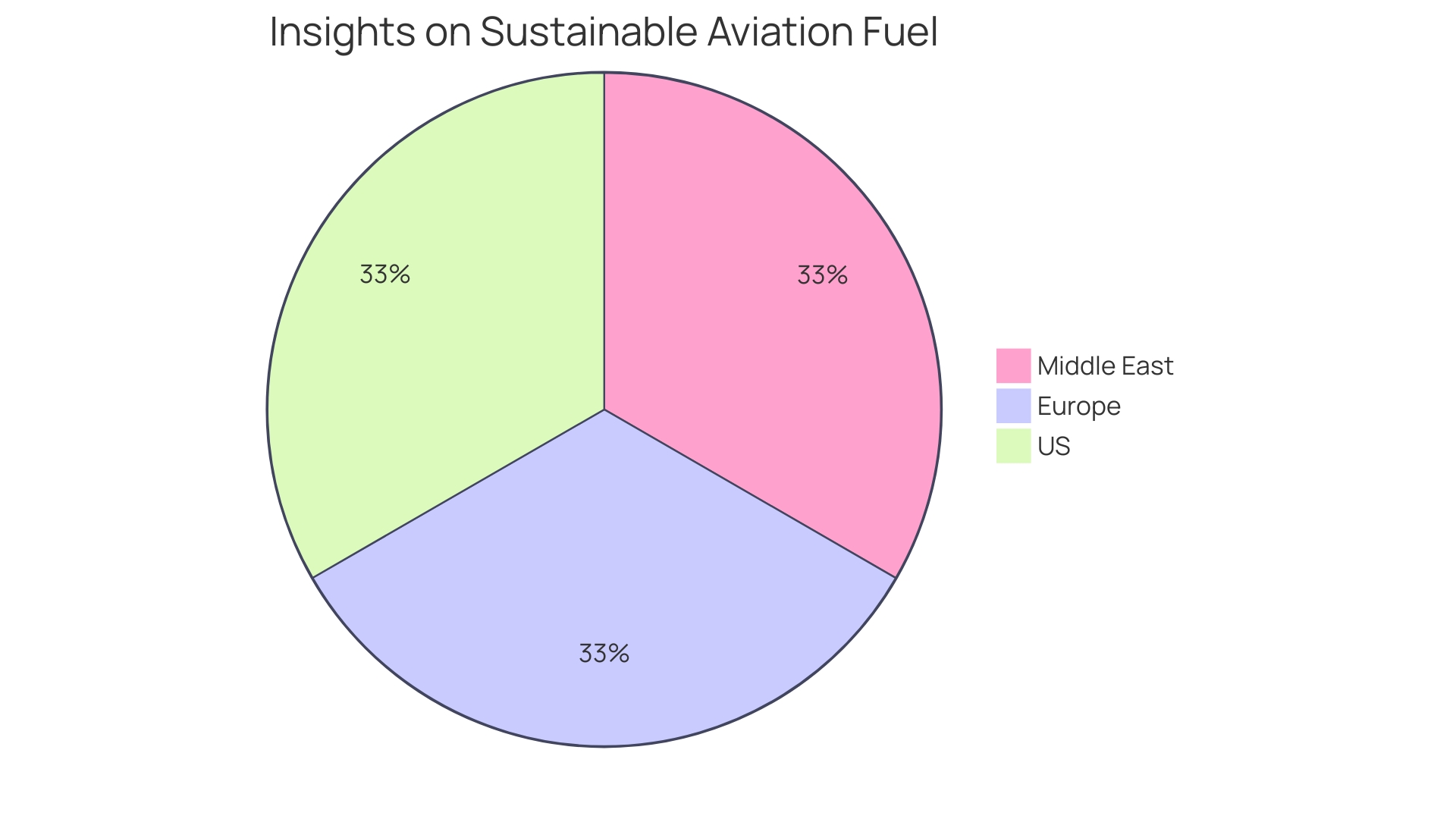
Production and Specifications of Aviation Fuel
Aviation fuel's refining process is geared towards meeting the precise specifications set by organizations like ASTM International, due to its critical role in ensuring aircraft safety and performance. These stringent standards encompass key properties such as flash point, freezing point, viscosity, and energy content. With the rise of sustainable aviation fuel (SAF), the industry is witnessing significant public and private investments to bolster its production and use.
SAF is touted as an energy-dense, renewable fuel that could revolutionize the sector by offering compatibility with existing jet engines and the same reliability as traditional fuels. Innovations in this area include the world's first ethanol-to-SAF production plant by LanzaJet in Georgia, marking a pivotal advancement towards decarbonized aviation. Additionally, initiatives like Germany's eSAF project aim to establish production capacities for SAF derived from green hydrogen, further illustrating the commitment to reduce CO2 emissions and achieve climate neutrality in aviation.
As the sector evolves, continued investment and research into refining operations, facilitated by collaborations like the National Aviation Conference, will be essential to refine and introduce SAF on a larger scale, ensuring the seamless integration into the current fuel infrastructure.
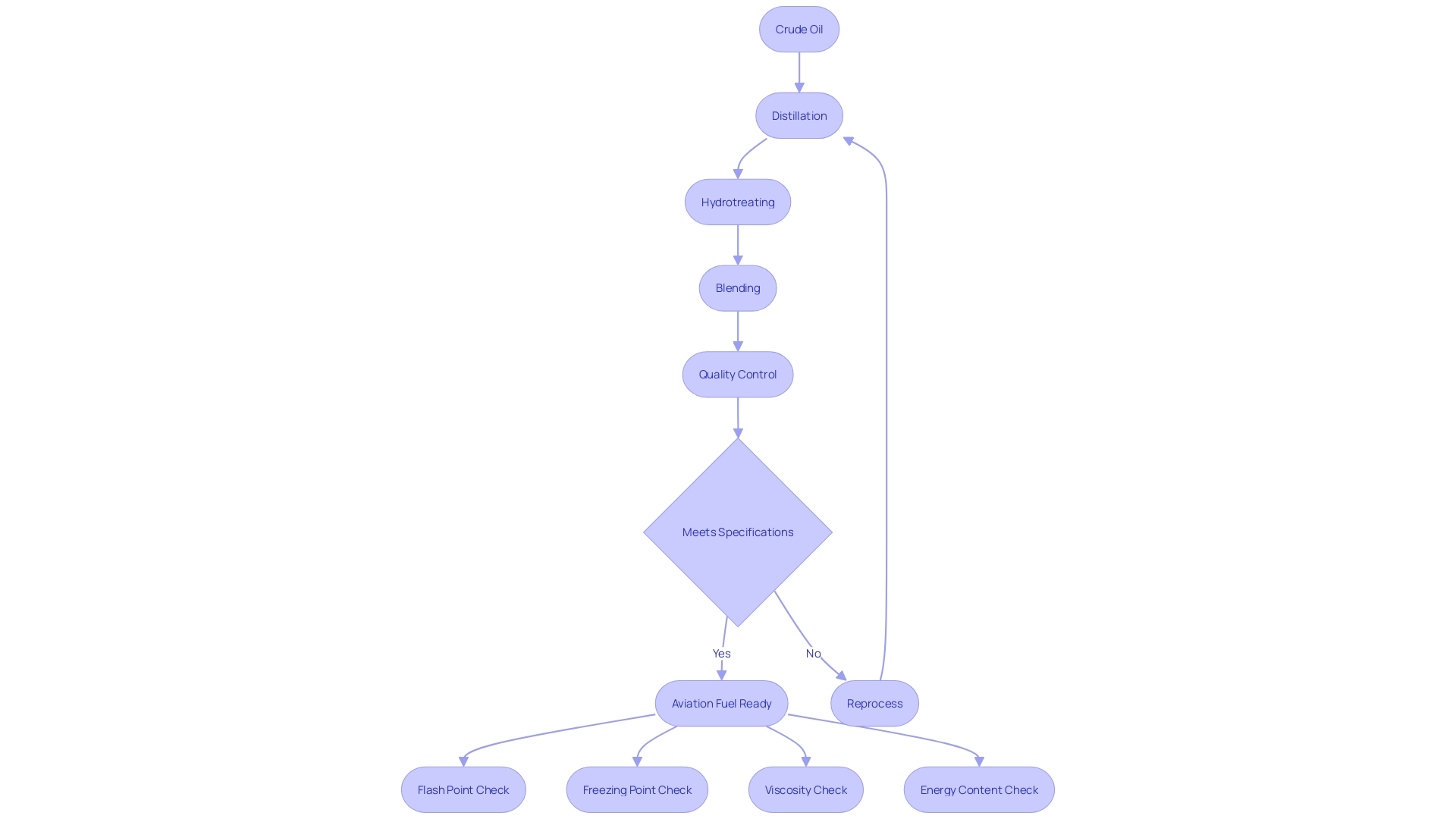
Safety Protocols and Handling Procedures
The aviation industry is at a pivotal juncture, with the advent of Sustainable Aviation Fuel (SAF) marking a transformative shift in the realm of air travel. SAF is a renewable, energy-dense fuel that is rapidly gaining ground as a vital component in the aviation industry's quest for sustainability and reduced carbon emissions. This transition is not only a response to global warming and climate change concerns but also a strategic move to ensure the long-term viability and resilience of the aviation sector.
Fuel handling in aviation is a high-stakes operation, demanding meticulous adherence to safety standards to mitigate risks such as leaks, fires, and other potential hazards. With the incorporation of SAF, the industry must validate that the new fuel is as reliable and compatible with existing jet engines as traditional jet fuels have been since the 1950s. As the aviation community embraces SAF, comprehensive safety protocols are integral to maintaining the exceptional safety record that commercial aviation is known for.
In 2023, the International Air Transport Association (IATA) reported a remarkable safety milestone: no hull losses or fatal accidents involving passenger jet aircraft. This achievement is a testament to the stringent safety culture and infrastructure within the industry. Even with a 17% increase in aircraft movements from the previous year, reaching 37 million, the all accident rate dropped to 0.80 per million sectors, marking the lowest rate in over a decade.
Despite this progress, a single fatal turboprop accident serves as a sobering reminder of the continuous need for vigilance.
Virgin Atlantic's recent flight, which signified a significant step towards net zero carbon emissions, showcases the industry's commitment to innovation and customer service. The expansion of such initiatives, alongside the growth of e-commerce and the need for rapid shipping, underscores the importance of maintaining rigorous safety standards for the transportation of dangerous goods. The FAA's Maintenance Personal Minimums Checklist is one such tool that helps aviation professionals prioritize safety and combat complacency in their daily tasks.
As the industry progresses, it is crucial to remember that safety remains the paramount concern. Whether through advanced flight tracking, enhanced safety data sheets, or adherence to the FAA's recommended code of conduct, the aviation community continues to uphold its safety-first approach. This commitment is vital as we navigate the evolving landscape of aviation fuel types, ensuring the safe and successful adoption of innovations such as SAF.
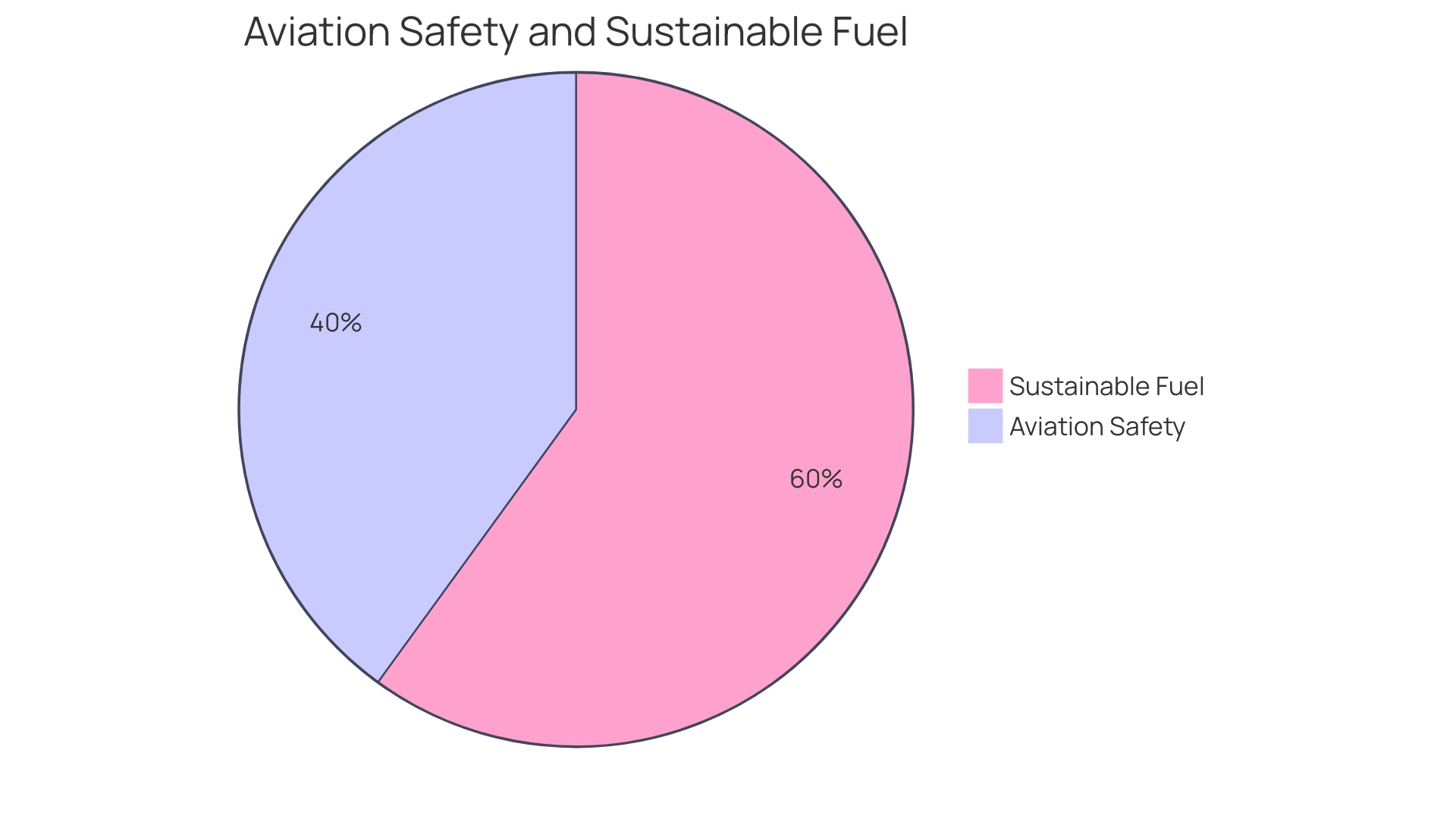
Environmental Impact and Future Developments
As the aviation sector propels towards a greener horizon, sustainable aviation fuel (SAF) has emerged as a pivotal player in the industry’s quest to curtail its carbon footprint. Currently, SAF is powering a mere fraction of flights—only 0.1%—highlighting the significant room for growth in this area. The recent landmark flight by Virgin Atlantic, powered by a blend of SAF, underscores the industry's commitment to achieving net-zero carbon emissions.
This extraordinary flight, a testament to innovation and sustainable development, was a demonstration aimed to showcase the viability of SAF, which has the potential to emit up to 70% less carbon dioxide compared to conventional jet fuel.
Virgin Atlantic's dedication to a net-zero future is evident not only in its embrace of SAF but also in its status as Britain’s only Global Five Star Airline, as recognized by APEX. The airline's strategic partnership with Delta Air Lines, Air France-KLM, and other carriers, exemplifies the collaborative efforts needed to drive the adoption of SAF and expand the market. Airbus's commitment to ensuring all its aircraft are 100% SAF-capable by 2030 further illustrates the industry-wide momentum toward sustainable fuel sources.
Despite these advances, the transition to SAF is hindered by challenges such as limited supply, the high cost of production, and the need for vast quantities to fuel long-haul flights. Moreover, the industry continues to grapple with the non-CO2 impacts of aviation, such as the warming effect of contrail cirrus formations. Addressing these issues necessitates multifaceted efforts, including stakeholder collaboration across sectors and the implementation of financial and policy mechanisms to foster a conducive environment for SAF scalability.
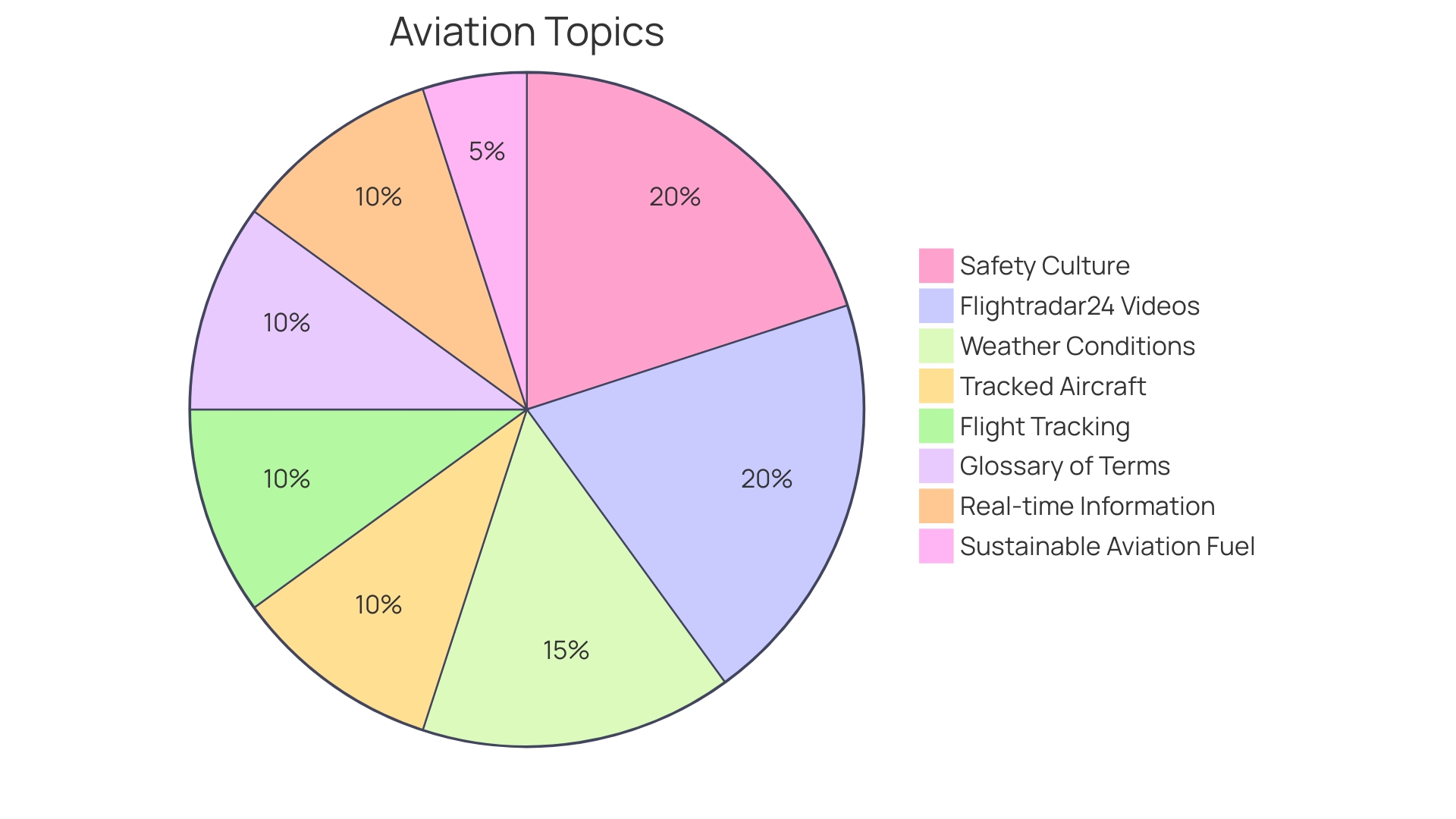
Conclusion
The aviation industry is undergoing a transformation towards a more sustainable future, with a focus on renewable aviation fuels like sustainable aviation fuels (SAF). SAF offers a cleaner alternative to traditional fuels and has the potential to revolutionize air travel and contribute to achieving 'jet zero' emissions. The development of SAF faces challenges like cost and availability, but strategic partnerships and collaborations demonstrate a commitment to expanding the market.
Europe, the US, and the Middle East are pivotal regions for SAF development.
Jet A and Jet A-1 fuels are widely used in aircraft operations, with Jet A-1 being preferred internationally due to its lower freezing point. Jet B is favored in colder environments. The industry is actively pursuing greener alternatives like SAF to reduce emissions.
Aviation gasoline (Avgas) raises environmental concerns due to its lead content.
The production and specifications of aviation fuel adhere to stringent standards for aircraft safety and performance. Investments in SAF production and use are driving its integration into the current fuel infrastructure. Safety protocols and handling procedures are crucial as the industry incorporates SAF.
As the aviation sector progresses towards a greener horizon, SAF emerges as a pivotal player in curbing the industry's carbon footprint. Challenges like cost and scaling up production must be addressed through collaboration and policy support. The industry's commitment to innovation, safety, and collaboration paves the way for the widespread adoption of SAF and the achievement of 'jet zero' emissions.




